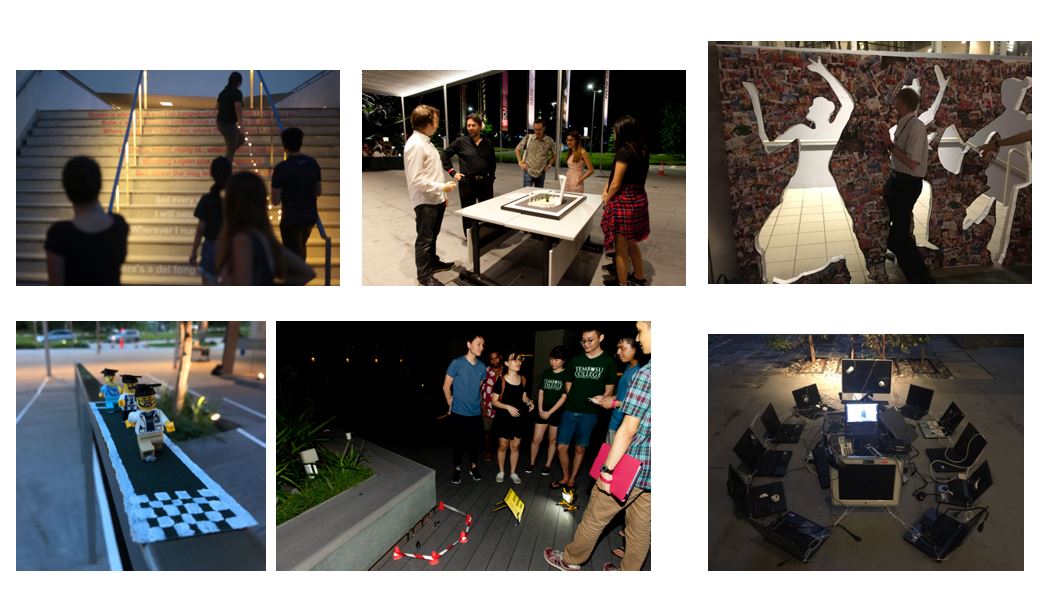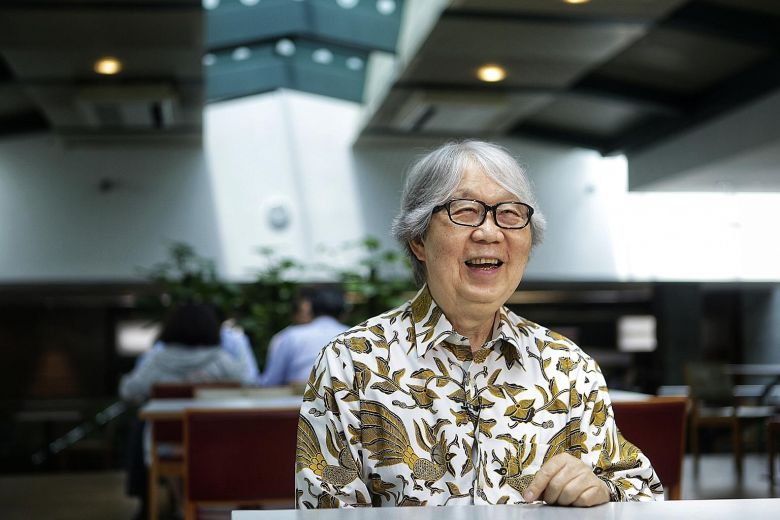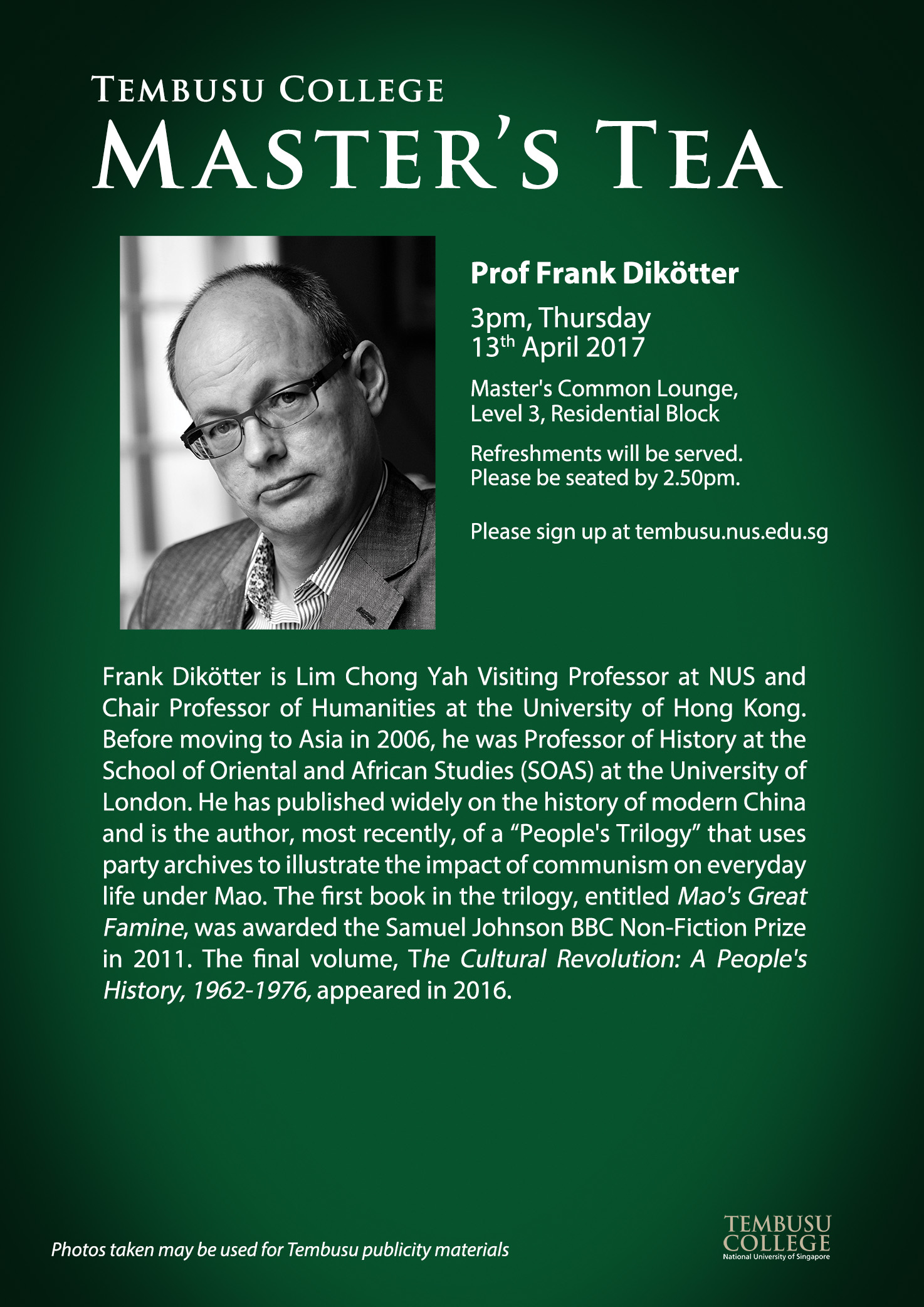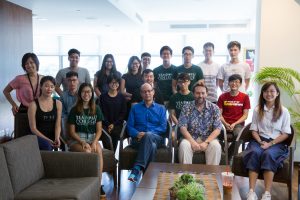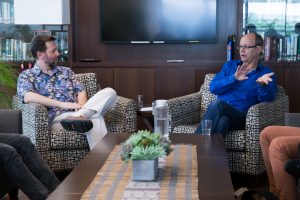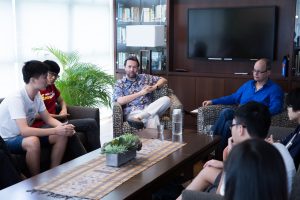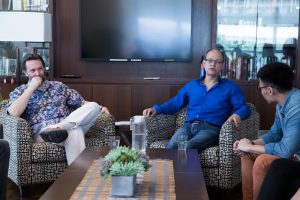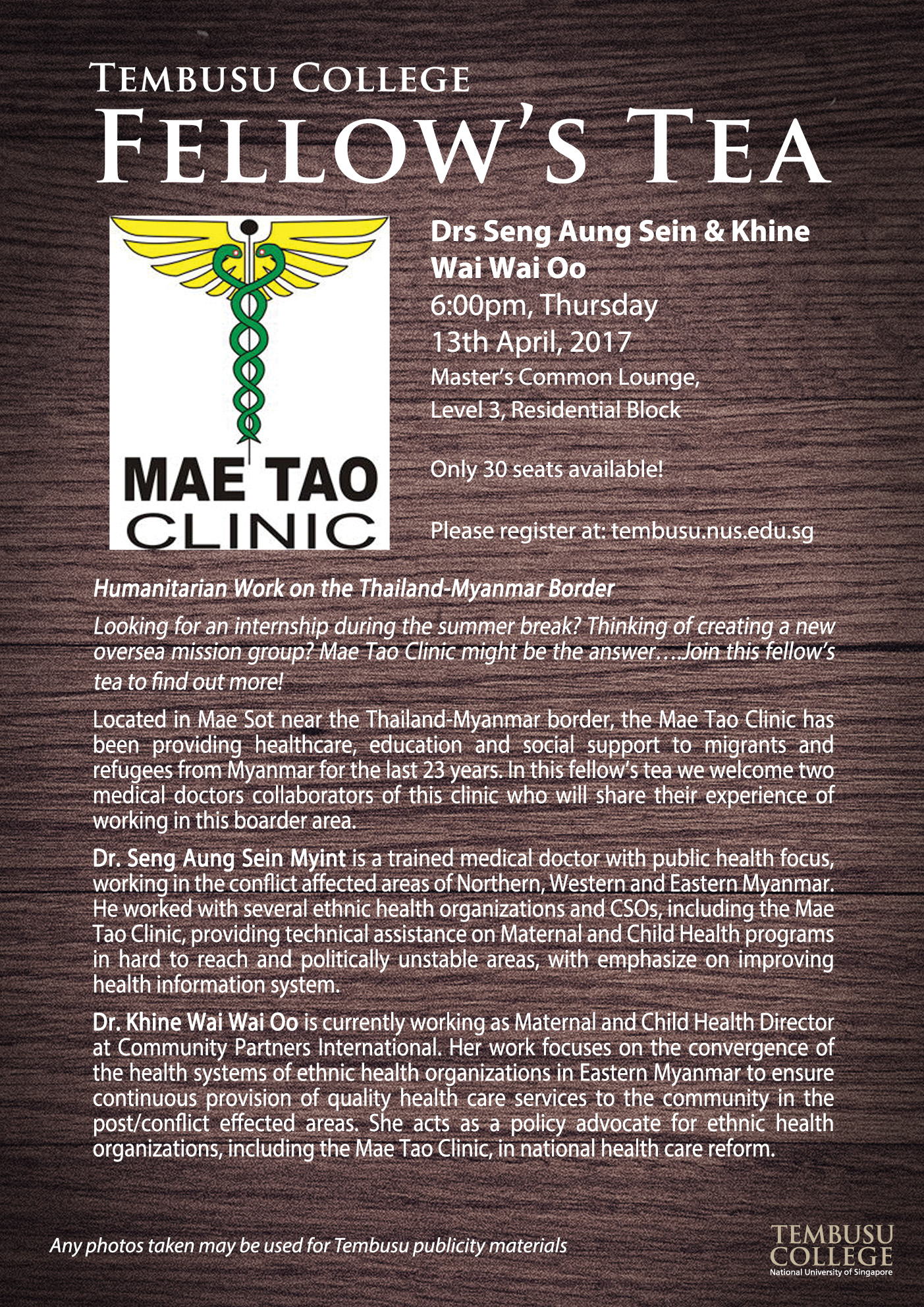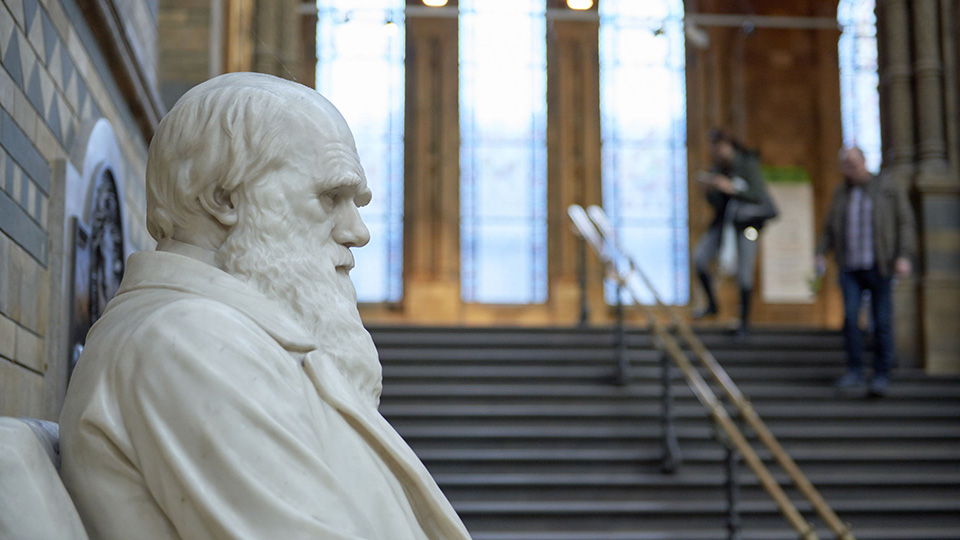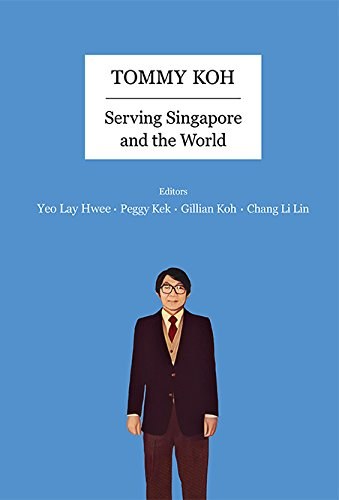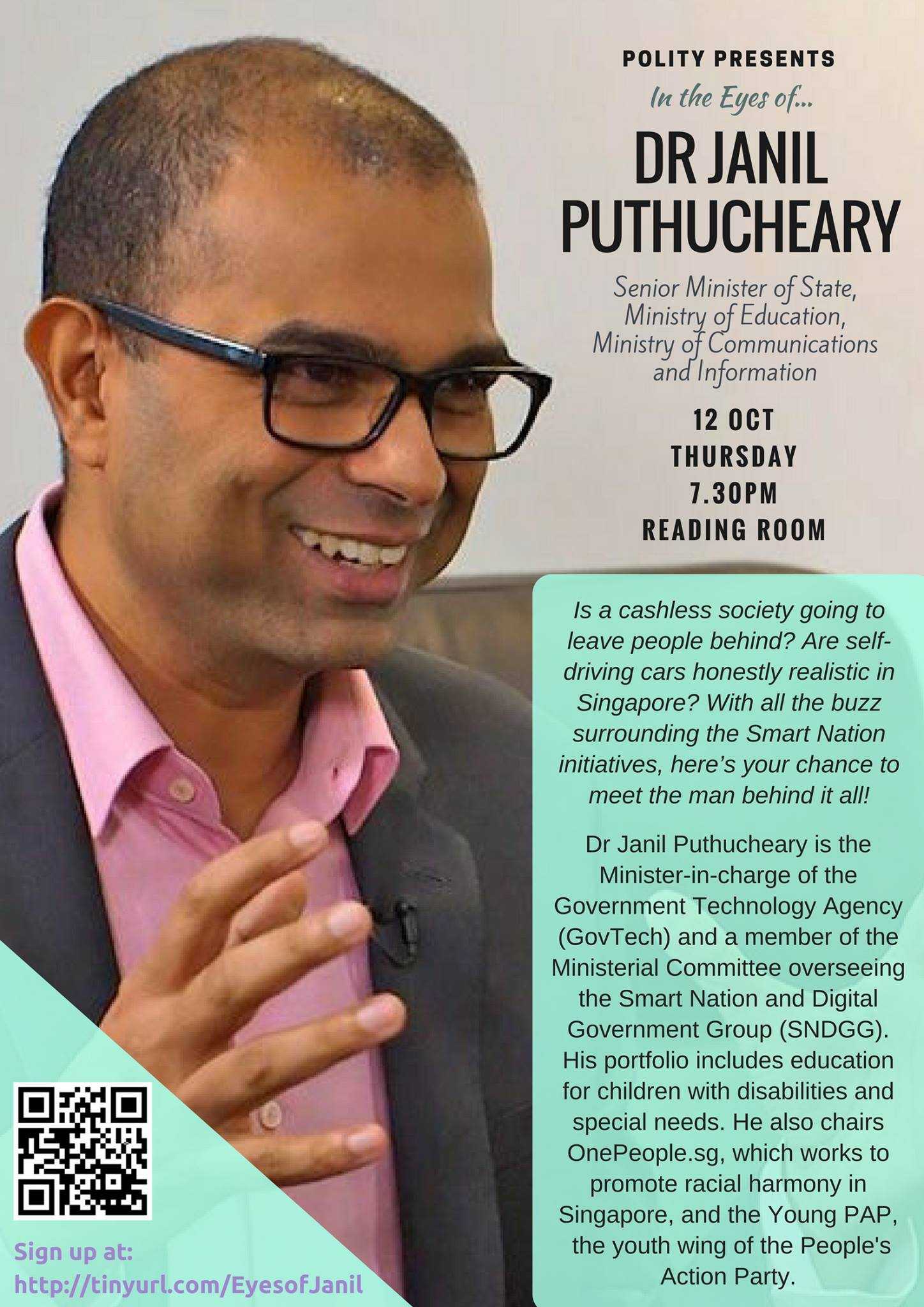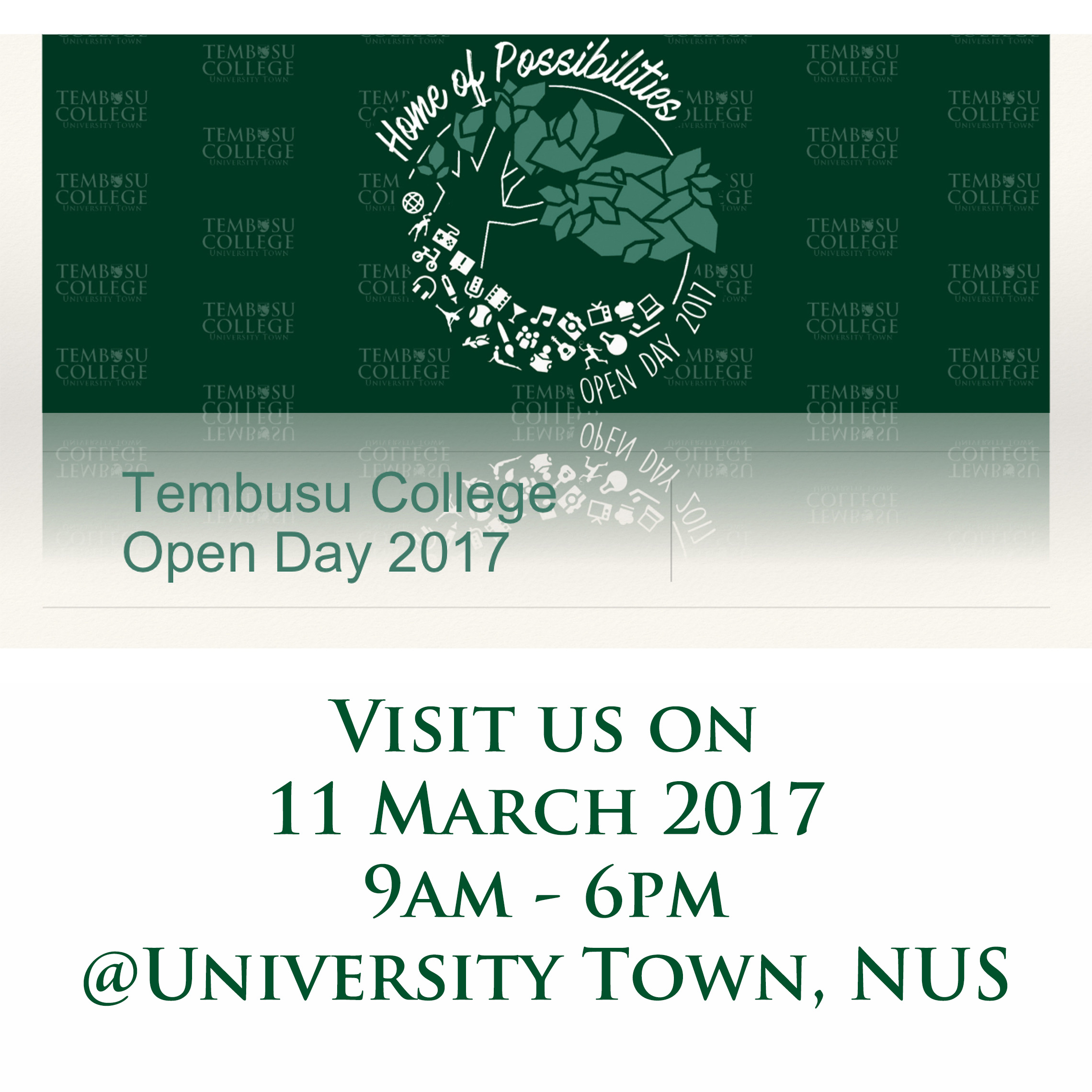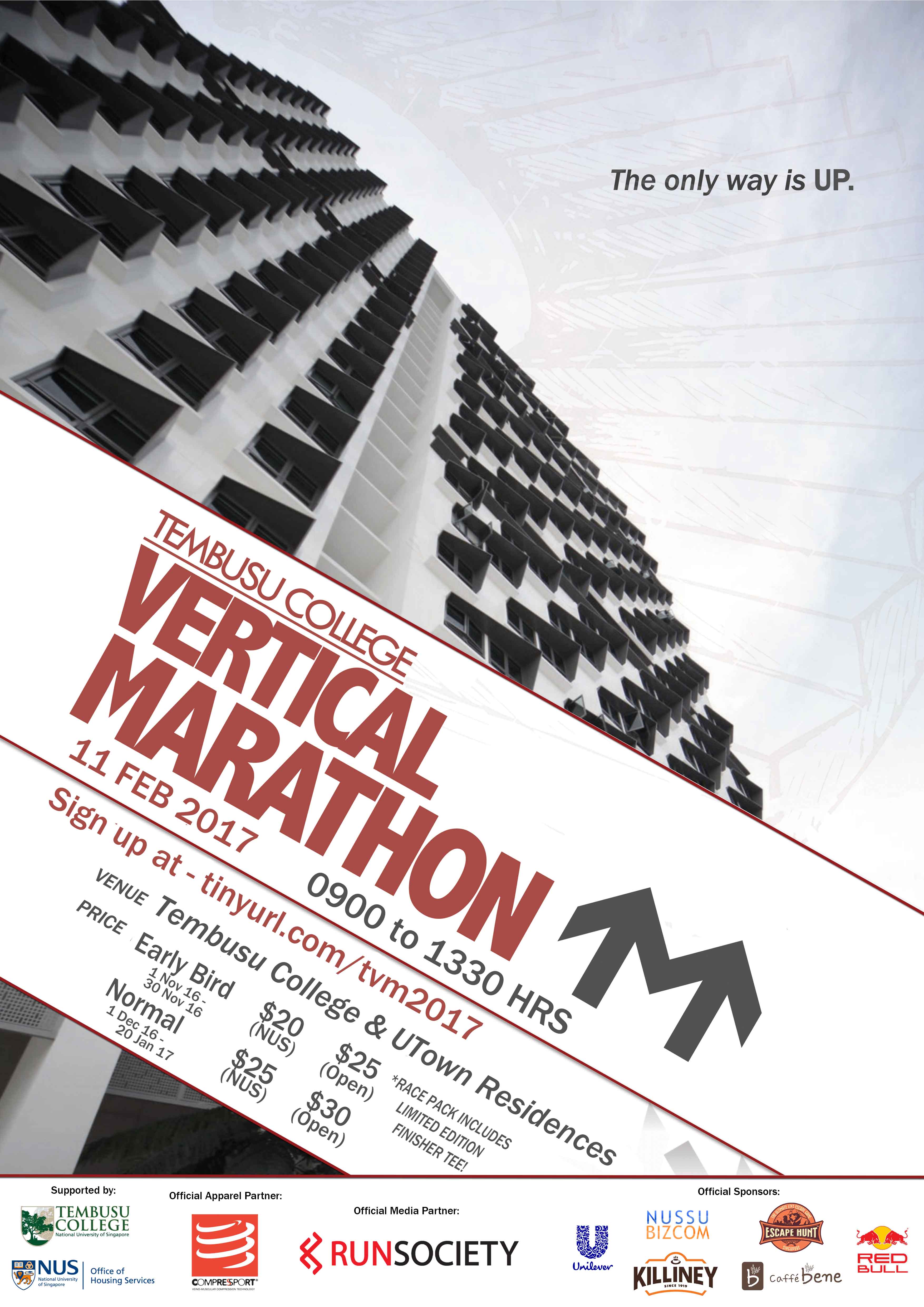Tag: 2017
Professor Tommy Koh gets special tribute for contributions
ST editors said that Professor Tommy Koh “has brought the best of humanity to his country, even as he took the best of Singapore to the world”.ST PHOTO: KEVIN LIM
As a diplomat, Ambassador-at-Large Tommy Koh has been a tireless champion for Singapore, standing up for his small country in a chaotic world. For his lifelong efforts, Professor Koh was given a special tribute yesterday.
Editors of The Straits Times yesterday paid tribute to his indefatigable defence of a rules-based global order, noting that he has also championed the arts, the environment and civic engagement during his long career in the public service.
Prof Koh deserves a special tribute “for the way he has brought the best of humanity to his country, even as he took the best of Singapore to the world”, they said in a citation. “He has stood up for a rules-based order in a chaotic world. He displayed a tireless readiness to work towards compromise in the most difficult diplomatic situations, able to make his points unambiguously without leaving lasting wounds. This has won him both admiration and respect from his friends and adversaries around the world.”
Prof Koh has chaired two United Nations panels of global importance – the UN Conference on the Law of the Sea that concluded in 1982, and a decade later, the UN Conference on Environment and Development, also known as the Rio Conference.
His skills in negotiation are internationally recognised – Harvard University gave him its Great Negotiator Award in 2014.
Prof Koh was chief negotiator for the US-Singapore Free Trade Agreement, and was in the team that successfully argued the case for Singapore’s claim to Pedra Branca at the International Court of Justice. He is also a key figure in Singapore’s semi-official strategic dialogues with Asia’s three most powerful nations – China, Japan and India.
In a recent interview with ST, Prof Koh said that when he negotiates, he tries to develop a relationship with the person he is dealing with.
“At the end of the day, we are human beings, so let’s be friends first, try to develop a relationship, some trust in each other. Don’t see each other as an adversary, but if we have a difficult problem, let’s look at the problem,” he said.
Beyond diplomacy, Prof Koh has also been a champion of the arts, the environment and civil society, and an outspoken advocate of civic engagement.
He was the founding chairman of the National Arts Council from 1991 to 1996, sat on the board of the Esplanade, and chaired the National Heritage Board.
Prof Koh, who turned 80 last month, is also a frequent contributor to The Straits Times, where he is a star guest columnist.
He shares his wisdom on topics ranging from diplomacy and international law to values and beliefs that he hopes his two grandchildren will grow up with.
Prof Koh told The Straits Times last night: “I am very grateful for the award, and I hope I will live up to your expectations.”
“This is a very special 80th birthday present. It caught me by surprise, and I am deeply grateful,” he added.
By Professor Tommy Koh: The world in Singapore
In several of my previous essays, I discussed Singapore’s role in the world. In this essay, I want to focus on the opposite. I want to discuss how the world has shaped and influenced Singapore.
In their path-breaking 2009 book, Singapore A 700-Year History: From Early Emporium To World City, the three authors, Kwa Chong Guan, Derek Heng and Tan Tai Yong, have successfully rebutted the theory that the history of Singapore began in 1819.
They have given convincing proof that Singapore’s history actually began in the late 13th century. Based on archaeological excavations and other evidence, we now know that the island has been settled, off and on, for the past 700 years.
The reason which attracted people to settle in Singapore was trade. Singapore owed its existence to the role it played and continues to play as a free port and as an emporium for trade between China and India, between East and West and between South-east Asia and the world.
Trade is the life blood of Singapore. We must defend free trade and oppose protectionism in all its forms.
HEART OF SOUTH-EAST ASIA
My next inspiration comes from the Asian Civilisations Museum (ACM). I hope that every Singaporean will visit this museum. Why? Because it tells us who we are and where we came from. The culture of Singapore is the synthesis and evolution of the civilisations of South-east Asia, China, India and Islam. The biggest gallery at ACM is on South-east Asia. Singapore is at the heart of South-east Asia. People from all over the region have settled here and become members of the Singapore family. In addition to the Malays, we have Banjarese, Baweanese, Bugis, Javanese, Sundanese, Minangkabaus and Acehnese. The region has influenced Singapore, ethnically, linguistically and culturally. For example, our emphasis on cooperation and consensus is similar to the concepts of musyawarah and mufakat (consultation and consensus in Bahasa Indonesia). We should encourage Singaporeans to be more interested in our region and to become more knowledgeable about the region’s peoples, history, heritage and culture. I would politely remind Singaporeans that we are destined to live in South-east Asia till the end of time.ANCESTRAL ROOTS
The museum has a new gallery on China. Singaporeans of all ethnicities should visit this gallery and learn about the history, heritage and culture of China. China is the ancestral home of 76 per cent of our population. China is on the rise and is on a trajectory to become a superpower by mid-century. China has influenced and will always influence Singapore. The important point which Singaporean Chinese should remember is that China and Singapore are two separate countries and, despite the goodwill which exists between them, they may sometimes have divergent interests. The museum has an excellent gallery on South Asia, focusing primarily on India. The ancestors of many Singaporeans came from India and the other countries of South Asia. The region has influenced Singapore’s languages, religions, food, music, dance and literature. I would urge our Chinese and Malay compatriots to visit this gallery. India is also on the rise and the economic and business links between us will continue to grow. It is, therefore, very important for young Singaporeans of all races to visit India and to enjoy its vibrant and colourful civilisation. The bottom line is that you won’t be successful doing business in India if you do not know India and do not like India.ISLAM AND THE WEST
There is also gallery on Islam. Islam is a religion and not a region. So why do we have a gallery on Islam? I think the reason is there is a lot of ignorance and prejudice about Islam. It is, therefore, desirable for Singaporeans of all faiths to have an accurate understanding of Islam. There are more Muslims in South-east Asia than in Arabia. Islam in South-east Asia has traditionally been tolerant and not exclusive. Also, in South-east Asia, unlike some other parts of the world, there are no sectarian conflicts between the Sunnis and the Shi’ites or between the Sunnis and the Sufis. Let us try to prevent people with political agendas from hijacking Islam to serve their political objectives. There is one other civilisation which has influenced us and which is not represented at the museum, namely, the British version of Western civilisation. Singapore was ruled by the British from 1819 to 1963, a period of 144 years. The British civilisation is part of the larger family of Western civilisation. The colonial experience has exerted the biggest influence on Singapore and Singaporeans. Let me cite a few examples. The British gave us the English language. English has replaced Malay as the lingua franca of Singaporeans. Through the language, we are linked to the vast community of English-speaking countries and peoples. English has also become the language of commerce and diplomacy. Speaking English proficiently has become one of Singapore’s comparative advantages. Another thing which Singapore has learnt from the West is the concept of modernity and the value of science and technology. The concept of modernity has enabled us to abandon such feudal concepts and practices as nepotism, the inferior status of women, the offer of gifts to persons in authority, and so on. The embrace of science and technology and of engineering and mathematics has helped to propel Singapore’s progress in the past 52 years. The West has also taught us to respect and value the humanities and the social sciences. Going forward, Singapore should aspire to excel in both the sciences and the humanities. One of the most important things we have learnt from the West is the concept of the rule of law. The idea that all persons are equal before the law and that no one is above the law is a revolutionary concept. The ideal of an independent judiciary and that all persons, rich and poor, will have equal access to justice are powerful ideas. At the international level, we also support the international rule of law. All countries are bound by international law and disputes between states should be settled peacefully and in accordance with international law. In 2006, the annual meetings of the International Monetary Fund and the World Bank Group were held in Singapore. I was asked by the Singapore Government to work with those two institutions in organising the programme of seminars, which was held alongside the official meetings. The theme was: Singapore In The World and the World In Singapore. In this essay, I hope I have succeeded in demonstrating how the world has influenced and shaped Singapore.Tembusu Fellow, Dr John van Wyhe on NUS News
Evolution Day on 24 November commemorates the anniversary of the publication of Charles Darwin’s On the Origin of Species
On this day in 1859, Charles Darwin published a 500-page volume titled On the Origin of Species, a book that became one of the most important scientific literature, which laid the foundation for our understanding of evolutionary biology. The book compiled Darwin’s research and evidence gathered over two decades, and introduced the theory that species change and evolve over the course of generations.
Dr John van Wyhe from NUS Biological Sciences and Tembusu College is a historian of science whose expertise is on evolutionists Charles Darwin and Alfred Russel Wallace. He noted that while On the Origin of Species was one of the most revolutionary books in the history of science, there are still widely held misconceptions about what happened when the book debuted 158 years ago.
“The research of historians of science has shown that there was no great clash of science versus religion. Darwin’s book was not banned by the Pope and it was not burned in the streets”, said Dr van Wyhe.
It was quite the contrary, he explained, as Christian geologists had already determine the world to be ancient and had uncovered fossils of extinct creatures even before Darwin’s book appeared. Thus, in just 10 to 15 years after On the Origin of Species was published, Darwin’s theory of evolution had been accepted, and till this day shapes our understanding of the world and continues to inform the work that scientists do.
Read more of Dr van Wyhe’s views, as well as examples of discoveries by NUS Biological Sciences researchers on various flora and fauna that build upon Darwin’s seminal work.
Dr van Wyhe is also the founder and director of Darwin Online, a comprehensive online archive of historical writings and materials related to Darwin, including On the Origin of Species.
This article is found on NUS News.
Tembusu College Open Day 2017
Wish to find out more about Tembusu College? Our college staff, Fellows, and Ambassadors will be happy to talk with you at our information booth located at the Education Resource Centre (ERC), right above Starbucks. You are highly encouraged to join us on our college tour between 9AM to 6PM, brought to you by our very own college students! During the tour, you will be able to find out more about college life, and check out our living areas (and hopefully, soon to be yours!), Learn Lobe and Dining Hall. Over at the Learn Lobe, you will get a chance to check out our themed rooms (Reading Room, The Abbey, The Atlas and the Games Room). Say hello to our Fellows and ask them a question or two if you are curious about our University Town College Programme (UTCP). So come on down to Tembusu College to find out more about us this Open Day!
We will also be having 2 talks at the Stephen Riady Centre (Level 1), Seminar Room 2 at 10am and 2pm.
For a sneak peek into this Home of Possibilities, check out this short video clip of our various facilities and a small number of interest groups: http://tinyurl.com/tembopenday
Tembusu Vertical Marathon 2017
TEMBUSU VERTICAL MARATHON (TVM) IS BACK AND BETTER THAN EVER!
Tembusu Vertical Marathon aims to support Tembusu College’s tCambodia. This student group works to make a difference in the lives of the underprivileged children in Cambodia. Support this worthy cause by joining TVM 2017!
Find out more about Cambodia here: https://www.facebook.com/tcambodia.joga/ and
https://tembusu.nus.edu.sg/treehouse/2015/01/tcambodia-the-journey-and-beyond/
It will be held on the 11 of February 2017 at Tembusu College, University Town NUS. Early bird sign-ups will open on 1/11/2016! So what are you waiting for? Sign up today!


